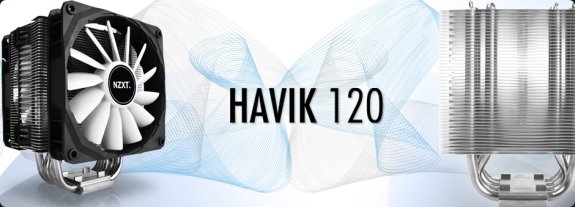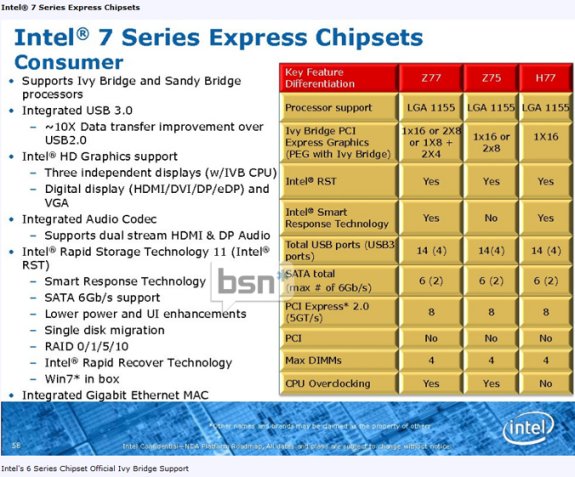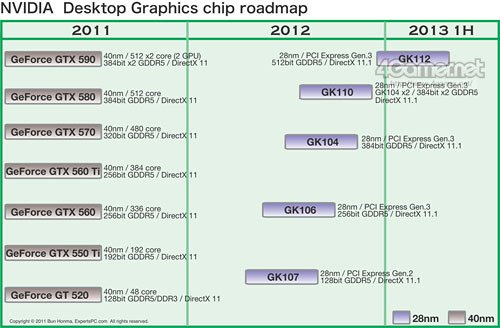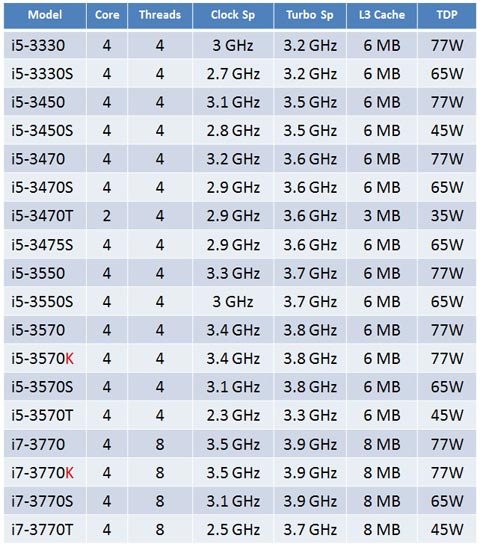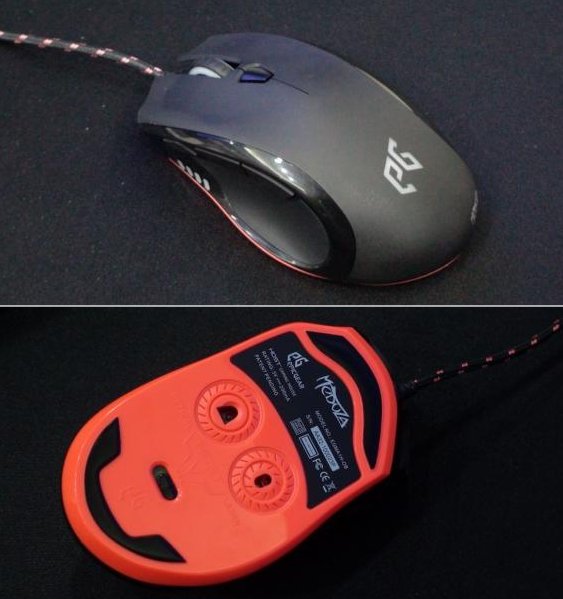Introduction
Thecus has widened their product range a great deal over the last couple of years with new products forming at both the high and low end of the scale. This has opened the door for multiple products to fill in spaces once occupied by a single product. The end result is a vast range of options made available to consumers, small businesses and even enterprise clients.
With the economy the way it is today, businesses don't want to spend to get more than they need. When most of us think about rack mount servers, we tend to get a picture of large rooms full of racks with exotic cooling and more blinking LED lights than you'd find on the Death Star. The reality is, though, that most small and medium sized businesses need only one or two servers and those servers are tasked with multiple roles.
At the time of writing Thecus lists ten rack mount NAS servers on their webpage. Today we're looking at the N8200XXX. The N8200XXX sites in the lower end of the midrange, but you would hardly know it after using one. The outside design was taken directly from the N8800PRO we reviewed last year, so even though the XXX model sits in a lower position on the scale, Thecus didn't cut corners in the quality department.
The main difference in the N8X00 product line that includes (bottom to top) the N8200XXX, N8800+ and N8800PRO, is the processing power and RAM configuration. The 8200XXX that we are looking at today uses an Intel Atom D525 and 1GB of system RAM. At the high end of the N8800 scale is the PRO model that uses an Intel Core 2 Duo with 4GB of DDR2. Both of these systems will provide you with gigabit speed file transfers, but the PRO model will run more background operations and support a higher number of simultaneous users.
Before you can determine which model best suites your needs, you first need to figure out what your new NAS will be running. For unencrypted file serving the D525 powered N8200XXX can be a great bargain and you still have enough processing power to run a webserver, database and other tasks.
Let's take a look and see what the N8200XXX has under the hood.
...
Read the rest in your browser!
